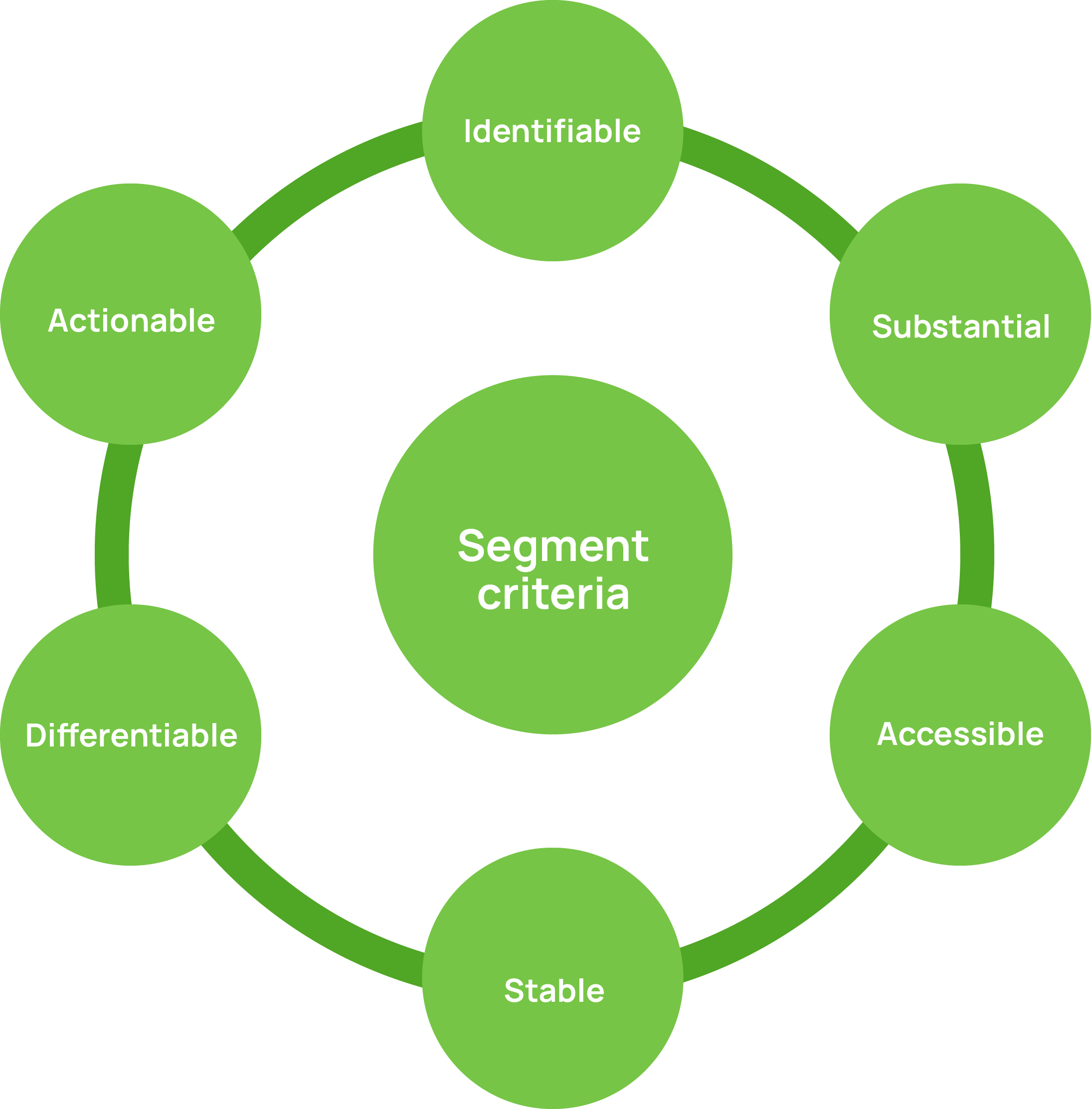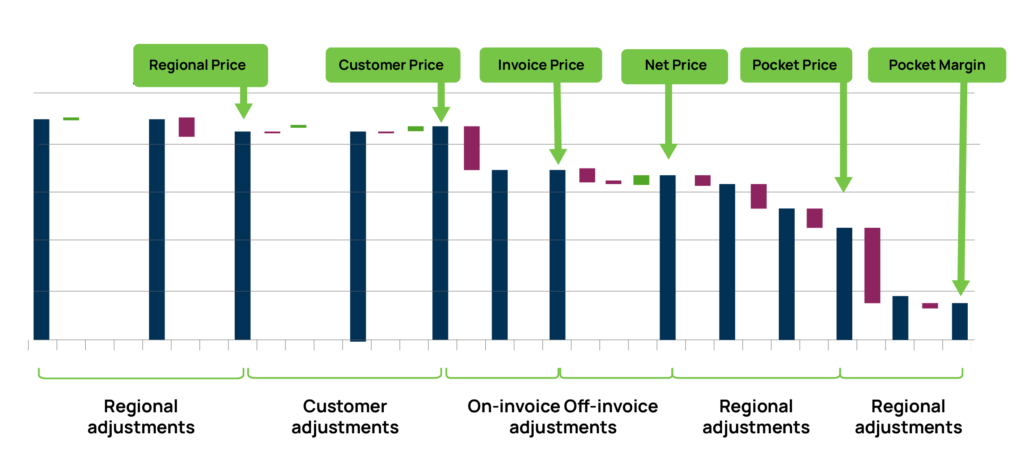
B2B is complex. In this article, Kalle Aerikkala, Business Consultant at Vendavo, unpacks how you can navigate B2B complexity by segmenting products, customers, markets, and prices.
Pricing is complex, especially in the B2B world. Pricing and sales leaders are most successful when they work with internal teams to effectively develop, maintain, and manage pricing and optimization despite the complex structures inherent in the organization. There are multiple structures of the organization and sales cycle to consider as you set up and proactively manage your pricing function.
For most B2B companies, the complexity of the business can seem daunting at first glance. There are often multiple business models, divisions, markets, channels, and diversified product portfolios within a single organization. Succeeding in pricing across all this complexity requires you to divide the challenge into smaller chunks to create a formalized approach to segmenting products, customers, markets, and prices.
Complex B2B Customer Structures
In an article from HBR, What You Need to Know About Segmentation, Gretchen Gavett details the six general criteria for customer segmentation that you should always consider. In the context of pricing, customer segments should be defined with the following criteria in mind:
- Identifiable
- Substantial
- Accessible
- Stable
- Differentiable
- Actionable
Depending on your exact pricing approach, there are implications in how you can best use the customer structure.

Customer segmentation is a crucial element in the definition of price guidance for sales teams. You can create the guidance through statistical modeling where the customer structure is part of the segmentation data. If you are using a deterministic model with rules, then customer structure is used as part of the calculation model affecting the discount guidance directly.
Another dimension in customer structure is the complexity of the relationship that can exist between organizations in the B2B environment. Parent-child relationships must be accounted for with global organizations and their local subsidiaries or recognition should be given to businesses that work with groups. The pricing process must support efficiency in price-setting for each of these organizational levels.
Complex B2B Product Structures
A good product structure will significantly simplify your effort in pricing. Products need to be classified into easy to understand, distinct product categories. The goal is obvious but can often be challenging to achieve. Difficulties often ensue from using the existing product hierarchy for pricing. This structure is typically defined by different organizational units such as:
- Logistics using custom code structures
- Finance and controlling teams, using the reporting structure of the company
- Sourcing organization has the same structure used to track the spend over categories
It is usually best if pricing organizations can define their own product categories. It does require extra effort to maintain, but that usually pays off through the resulting improved accuracy in pricing.
Complex B2B Pricing Structures
The price structure is used to create an organized view of the different prices and costs. Structuring of prices can be based on several criteria, but it is generally advantageous to use a structure that addresses a few critical topics relevant for pricing:
- What reference prices are needed, and how are those defined? Are they based on geographical area, customer segment, or product end use classification?
- What costs need to be monitored? Manufacturing costs, average purchase cost, cost-to-serve?
- How do the reference prices interact? Is there a unique value proposition for different customer segments? Do you need to consider risks of cross-border trading?
Answering these types of questions will help you determine your price structure. The most common way to visualize and manage the structure is to use a price waterfall to illustrate and link the elements together. The price waterfall will also capture the connection to product and customer structures when considering reference prices and sales guidance.

Managing complexity in the B2B environment needs a structured approach to account for differences in organizational design, customers, and products. To create an efficient and effective price-setting process, pricing organizations need to create dedicated structures. The price waterfall construct offers a point of convergence and representation of where all of these complex structures come together.